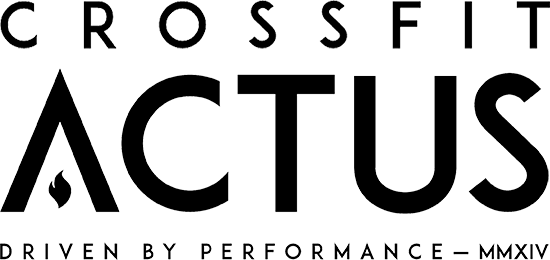Back Pain
Back pain is a widespread issue among office workers, primarily due to long hours spent sitting in front of a computer. This sedentary lifestyle places stress on the spine, leading to discomfort and potential long-term health problems. However, the rising popularity of standing desks offers an effective solution to combat these issues. Let’s explore the major causes of back pain for office workers and how standing desks can transform your workspace and health.
Major Causes of Back Pain for Office Workers
1. Poor Posture
Prolonged sitting often leads to slouching, rounding of the shoulders, and craning the neck forward. Over time, these habits strain the spine and surrounding muscles, causing pain in the lower back and neck.
2. Prolonged Sitting
Sitting for extended periods compresses the discs in your lower spine, reduces blood flow, and weakens core muscles. This sedentary posture not only contributes to back pain but is also linked to other health risks, such as obesity and heart disease. I don’t sit a lot but anytime we drive to Montreal I know my hips and lower back get super tight.
3. Improper Desk Setup
A poorly arranged workstation can exacerbate back pain. A monitor positioned too high or low, a chair without lumbar support, or a desk that’s the wrong height forces the body into awkward positions.
4. Lack of Movement
When you stay seated for hours, your body misses out on essential movements that keep your muscles flexible and your joints lubricated. This stiffness can intensify pain and discomfort.
How a Standing Desk Can Help
Standing desks are a game-changer for creating a healthier work environment. By allowing workers to alternate between sitting and standing, they promote better posture and encourage movement throughout the day.
Benefits of a Standing Desk
1. Improved Posture
Standing desks naturally encourage a more upright posture, reducing the tendency to slouch. This helps alleviate pressure on the spine and reduces back and neck pain.
2. Enhanced Core Strength
Standing activates core muscles, which can become weakened from prolonged sitting. Stronger core muscles help support the spine, reducing the likelihood of pain.
3. Reduced Sedentary Time
Alternating between sitting and standing helps combat the negative effects of prolonged sitting, such as muscle stiffness and poor circulation. This can improve overall comfort and productivity. Aim to stand way more than you sit.
4. Boosted Energy and Focus
Standing periodically during the workday can boost energy levels, improve mood, and enhance focus, making it easier to tackle demanding tasks.
5. Customization and Flexibility
Many standing desks are adjustable, allowing you to find the perfect height for both sitting and standing. This flexibility makes it easier to maintain ergonomic alignment throughout the day. I highly recommend you keep two small step stools that are about one foot high in order to have a spot to rest one foot on each side so that you can rest your hips from time to time.
Tips for Transitioning to a Standing Desk
- Ease Into It: Start by standing for 15–30 minutes at a time and gradually increase as your body adjusts.
- Invest in a Mat: Anti-fatigue mats can reduce foot and leg discomfort while standing.
- Maintain Proper Ergonomics: Ensure your desk and monitor are at the correct height to prevent strain on your neck and shoulders.
- Keep Moving: Whether you’re sitting or standing, take short breaks to stretch or walk around.
Conclusion
Back pain doesn’t have to be an inevitable part of office life. Nobody has a bad back. You might have certain issues that cause more back pain. By understanding the common causes of discomfort and adopting tools like a standing desk, you can create a healthier, more dynamic workspace. Small changes, like incorporating standing intervals and maintaining proper posture, can significantly improve your physical well-being and productivity.
I’ve implemented a 30 day standing challenge with a lot of my clients over time. The challenge is to try to stand the entire day for one whole month. The first two weeks are the toughest but in the last two weeks it begins to feel more manageable. Be warned that it can be hard to focus on tough mental tasks for the first couple of weeks but over time this begins to feel easier as your body adapts and gets stronger.
It’s time to stand up for your health—literally! I couldn’t end this blog post without at least one dad joke. Transition to a standing desk and experience the benefits firsthand. Your back will thank you.

